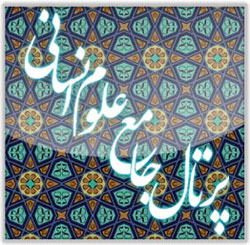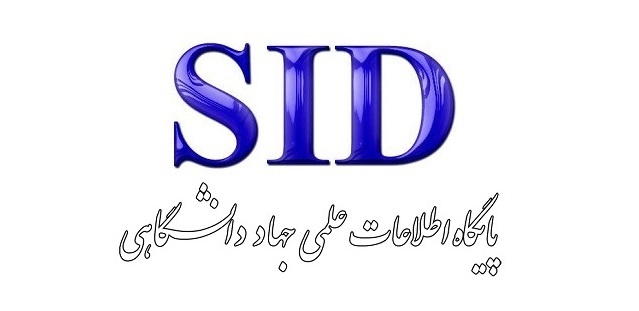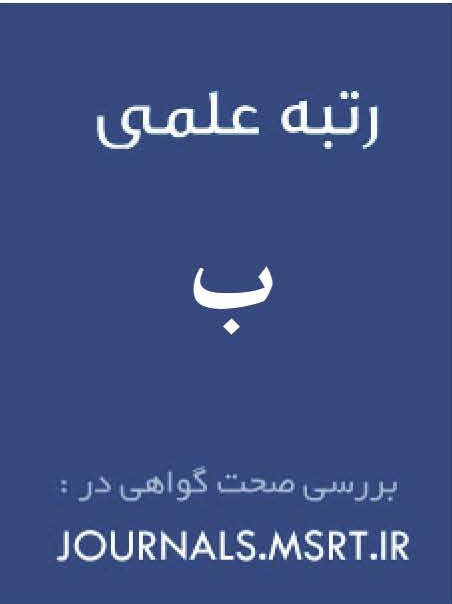Jamshid Between the Mythical and the Heroic Unconscious: A Reflection on Language, Desire, and Identity in the Narratives of the Avesta and the Shahnameh
Keywords:
Jamshīd, Šāhnāmeh, Avestā, Lacanian psychoanalysis, unconscious, subject, desireAbstract
Jamshid, one of the most mythical and enigmatic kings in Iranian culture, undergoes fundamental transformations in position and identity in his transition from the Avesta to the Shahnameh—from the radiant and order-establishing Jamshid of the Avestan texts to the proud and exiled monarch in Ferdowsi’s epic. This article, by focusing on a reinterpretation of the myth of Jamshid, seeks to analyze the linguistic and psychological mechanisms of his representation by drawing on the key concepts of Jacques Lacan’s structural psychoanalysis, including the “mirror stage,” the “big Other,” “desire,” and the “unconscious structured like a language.” The research methodology is qualitative and based on comparative-conceptual analysis, focusing on two core texts: the Avesta and the Shahnameh. The findings suggest that Jamshid’s downfall is not merely the result of personal pride, but rather a reflection of the subject’s rupture in the face of the structures of desire, power, and language—a subject who, in the struggle with the gaze of the “Other” and the constraints of discourse, fails to achieve coherent identity. This study, by linking the mythical unconscious with the heroic language, attempts to reveal layers of Iranian identity and its internal conflicts as mirrored in the myth of Jamshid.
Downloads
References
1. Lacan J, Sheridan A. Écrits: A Selection: W. W. Norton & Company; 1977.
2. Fink B. The Lacanian Subject: Between Language and Jouissance: Princeton University Press; 1995.
3. Lacan J, Sheridan A, Fink B. The Mirror Stage as Formative of the I Function as Revealed in Psychoanalytic Experience. Écrits: A Selection1949. p. 75-81PB - W. W. Norton & Company.
4. Žižek S. The Sublime Object of Ideology: Verso; 1989.
5. Evans D. An Introductory Dictionary of Lacanian Psychoanalysis: Routledge; 1996.
6. Žižek S. Enjoy Your Symptom!: Jacques Lacan in Hollywood and Out: Routledge; 1992.
7. Malek al-Shoara Bahar. Majmal al-Tawarikh wa, al-Qisas. Tehran: Asatir; 2010.
8. Modaresi F, Hiro I. Encyclopedia of Iranian Myths. Tehran: Persian Myths Publishing; 2022.
9. Bahar M. Research on Iranian Myths. Tehran: Toos; 2002.
10. Doostkhah J. Avesta. Tehran: Morvarid; 1997.
Downloads
Published
Submitted
Revised
Accepted
Issue
Section
License
Copyright (c) 2025 نسرین سادات شریفی (نویسنده); رحیم طاهر; رضا فهیمی (نویسنده)

This work is licensed under a Creative Commons Attribution-NonCommercial 4.0 International License.








